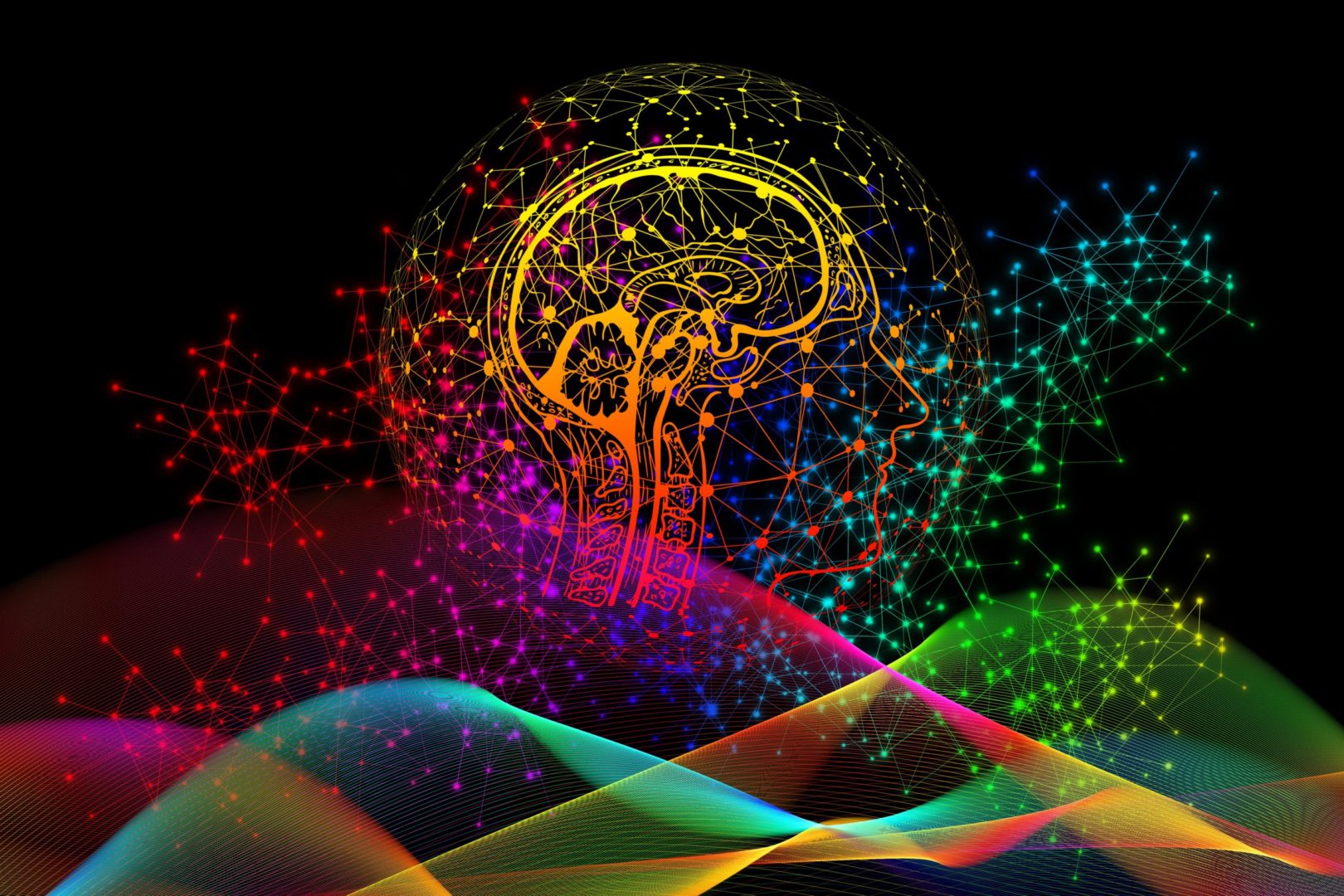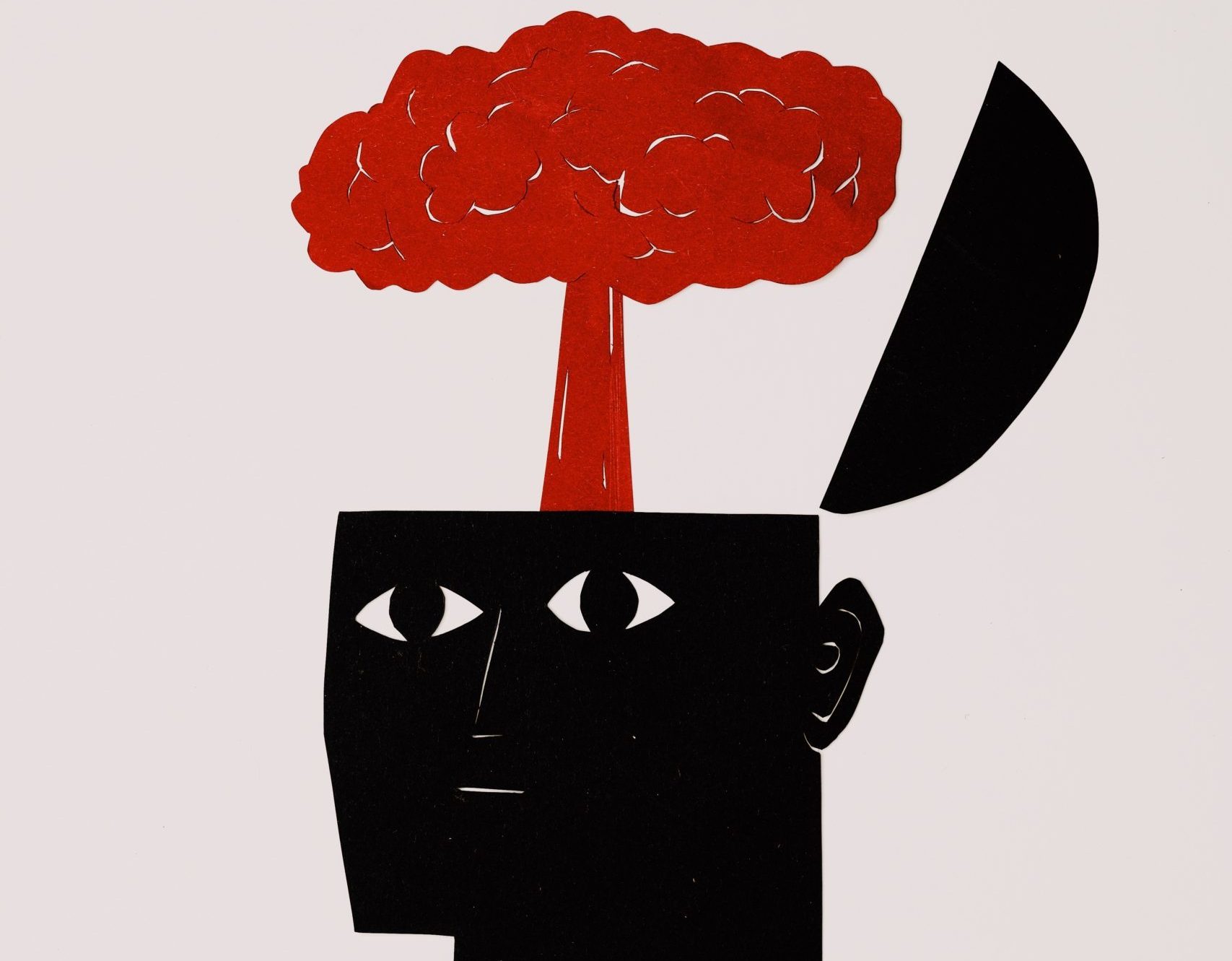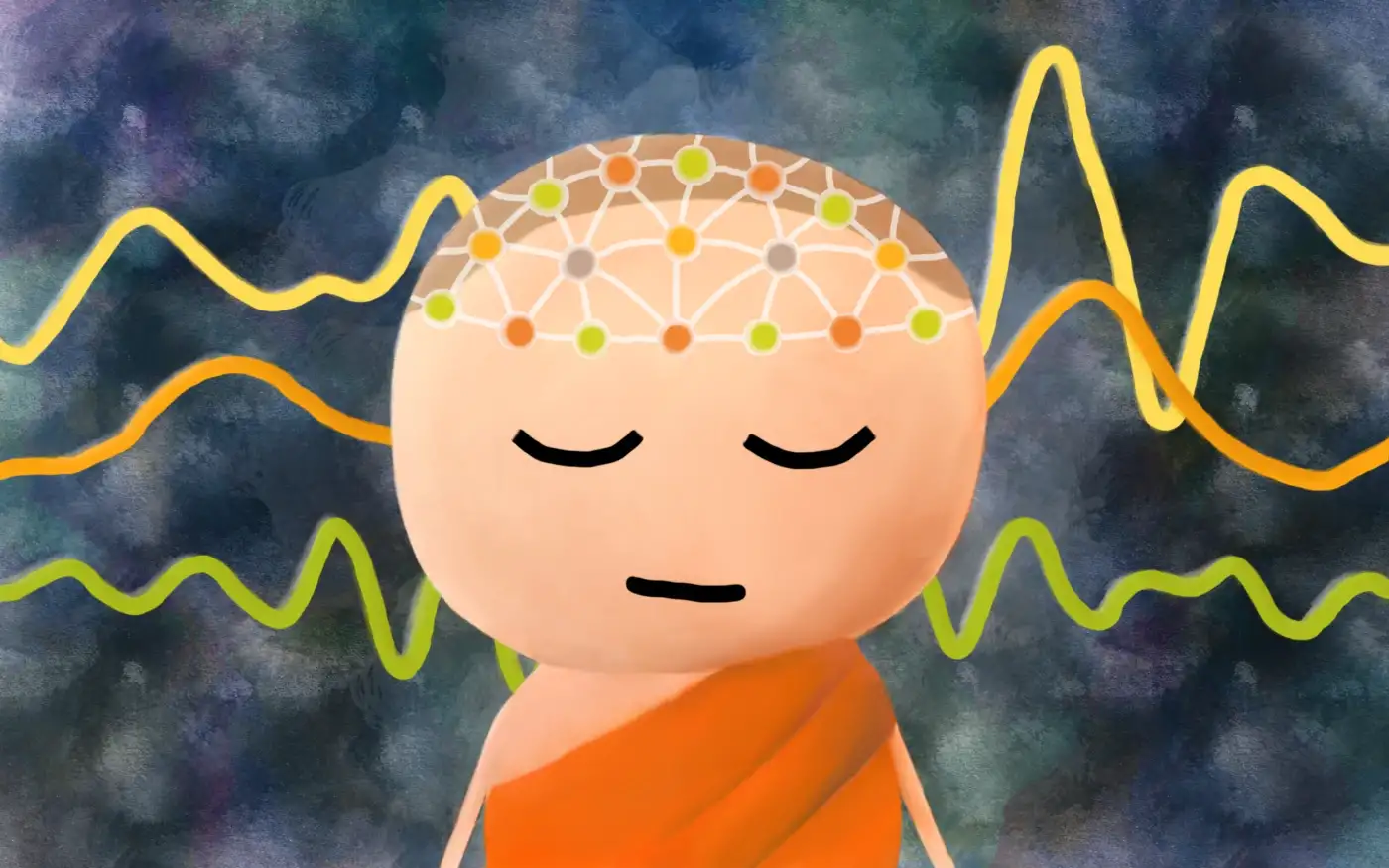Are our brain networks wired and set into place? Are our thoughts and actions hardwired into neural circuitry in a mechanical way? Increasingly, the answer emerging from modern neuroscience is a resounding, “no, nothing is fixed in place!”
The brain is constantly in motion, rearranging cells, strengthening pathways used often and pruning others who are used less frequently. Modern science has done much in the way of discovering and naming certain pathways, conduits for information in the brain. For example, there’s the default mode network (DMN), which is typically active when we are not engaged in a task, perhaps if we’re day-dreaming or sitting quietly. Other networks include the salience network, involved in identifying important events, or the dorsal attention network for coordinating attention. These networks have been proposed and studied in an attempt to understand the brain as a mechanical figure, static in place. It assumes a structure that is fixed, one which can be learned and memorized like the engine of a car. This pursuit increasingly opposes the modern understanding of the brain.
Neuroplasticity is the name given to the process of how your brain alters and changes its physical structure and function. This process has transformed the way in which scientists view the brain. Classically, the view of the brain was that it was set from a young age, being developed into adolescence and young adulthood and then slowly getting pruned away as a result of injury or age. A more modern understanding shows that this is not the case. The brain is much more like a muscle–those that work with it see it grow and get stronger over time. Again, like exercising the body, it can be trained. This training affects the brain at the cellular and chemical level, having effects that are seen and felt at the perceptual level for the person. The brain is fluid, not static, an idea that is increasingly becoming more important and central toward an understanding of how the brain works.
New research from Georgia State University provides some valuable insight into how our brain networks follow this fluid paradigm. Using computational techniques on large network-based datasets, they have introduced a method to “calculate a spatially fluid chronnectome. . .which focuses on the variations of networks coupling at the voxel level, and [identifies] a novel set of spatially dynamic features.” Their results show how brain networks are almost like clouds in the sky: they shift and move across the brain, integrating and separating from one another as circumstances dictate. These spatial shifts occur over time, shifting back and forth, and in new configurations. This idea is both fascinating and troubling as it indicates just how difficult it is to measure the brain at any point in time and get reliable results, also calling into question the credibility of the myriad of studies that have relied on the static network model and whose results and conclusions may be changed by this new understanding.
New understandings that challenge old ideas should always be welcomed. The future of neuroscience will surely be guided by the tenets of a fluid system, taking into account our individuality. Ultimately, some older studies may come up lacking in our new outlook but it will surely allow us to peer into the mystery of the brain with increasing wisdom. For example, the expanding field of meditation research in neuroscience has found challenge in the individuality inherent in different people’s brains. However, this new understanding involving temporally and spatially fluid dynamics will allow us to take that challenge head on and develop new ways of measuring the brain. Overall, acknowledging, accepting, and moving forward with the complexity of the human brain will continue to allow us to usher in a new era of neuroscientific understanding.



